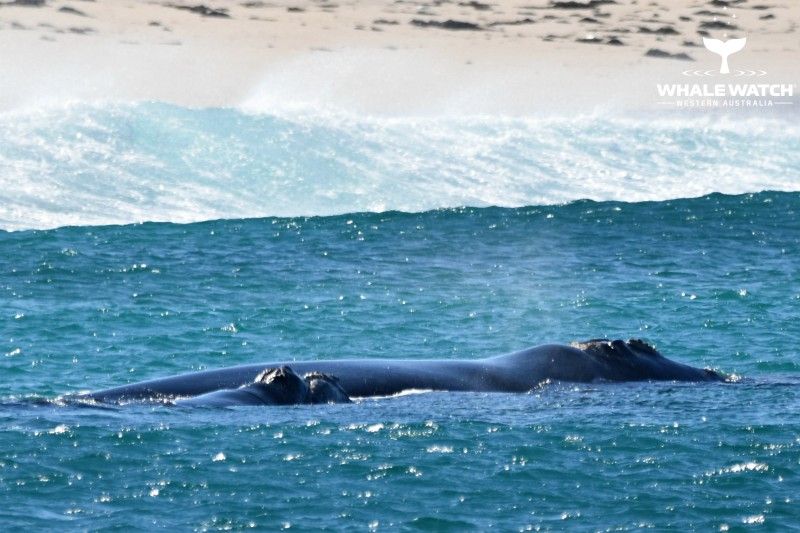The Southern Right Whale populations were almost hunted to extinction long before many other species. A favourite amongst the whalers thanks to their enormous blubber reserves, curious nature and preferred calving grounds close to the southern Australian coastlines. Due to their popularity the whalers would often refer to them as the, “right whale to hunt” and the nickname has stayed with the species. A healthy population of approximately 70,000 individuals in the Southern Hemisphere in the late 1700’s was completely decimated by years of consistent whaling, especially in nursery grounds. The population by the 1920’s was believed to be between 200-500 individuals, a heartbreaking situation as Australia was within reach of losing this remarkable species forever.
The early 1900’s sighted the decline whalers focus on the Southern Right Whales, they had been hunted so effectively that even sighting an individual was now incredibly rare. The focus eventually changed towards Blue Whales, Sperm Whales and Humpbacks as the Southern Right’s were no longer worthwhile pursuing due to such low numbers within the population. Fast forward to today and we are relived to see that the Southern Right Whale is still an important part of our eco system and a yearly visitor to our coastlines. The population is making a slow but steady recovery with 3,500 individuals now within The Australian population and growing by 7-10% each year.
- Southern Right, North Atlantic and North Pacific Right Whales are the three species
- Lifespan is 60-80 years with individuals maturing at approximately 12 years old
- Females will have only one calf every 2-4 years with their first calf at 11-15 years of age
- They have long baleen plates which measure up to two meters in length
- Maximum weight of up to 80,000 kilograms and 16-18 meters in length
- They do not mate for life and females will mate with multiple males when in season
- 4% of calves are born white and will mature to a grey morph or brindle once mature
The Southern Right Whale is a special character who are immensely curious, often swimming right up to vessels and sitting alongside as they listen and watch carefully. One of the most remarkable experiences we have had was when a heavily pregnant female swam straight towards us, stopped and proceeded to scratch her back on the bow of our vessel! It is this very nature which was once exploited by whalers, which is now treasured by whale watchers. The females return back to their preferred nursery grounds, often the exact location where they were born many years earlier. They seek the waters behind the waves, pushing themselves within a few meters of the beach.
The reason for this is noise, the closer they are to the 24/7 noise of crashing waves on the beach, the less likely they will be heard by predators like Orca. One calf will be born and sometimes during the labour process another female known as an auntie will become a companion for the mother to be. Warding off other whales and even predatory sharks, the auntie may not be related to the female in labour but still provides her support during those important moments of new life. These peaceful, shallow waters fast become a growing nursery ground as more and more females arrive and precious new additions to this endangered species are born. The calves grow in these special places from July to October until they are ready to make the journey to southern feeding grounds.

Australian Southern Right Whales are a cherished member of the whales who call our waters home. They choose to raise their next generation on our shorelines and we owe it to them to ensure they never come so close to extinction and exploitation as they once did. Recovering from only 35-100 hundred individuals to over 3,500 today displays a great determination by them and ability to adapt and return to nursery grounds that would once have been dangerous areas to approach. To meet these beautiful whales you will need to venture to a special place, their nursery grounds located in Augusta during mid July to late August. A bright future we have in hope for the Southern Right Whales of Australia as their population grows from strength to strength each year.






